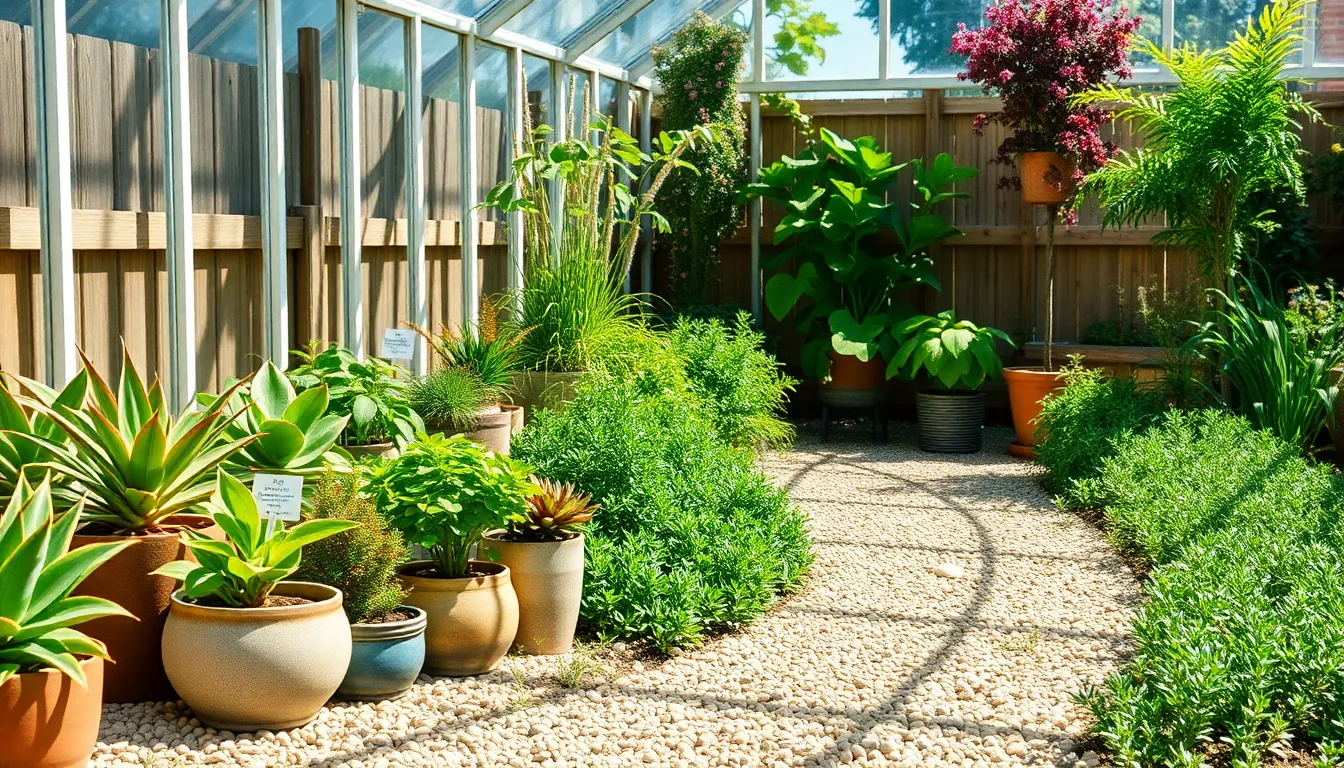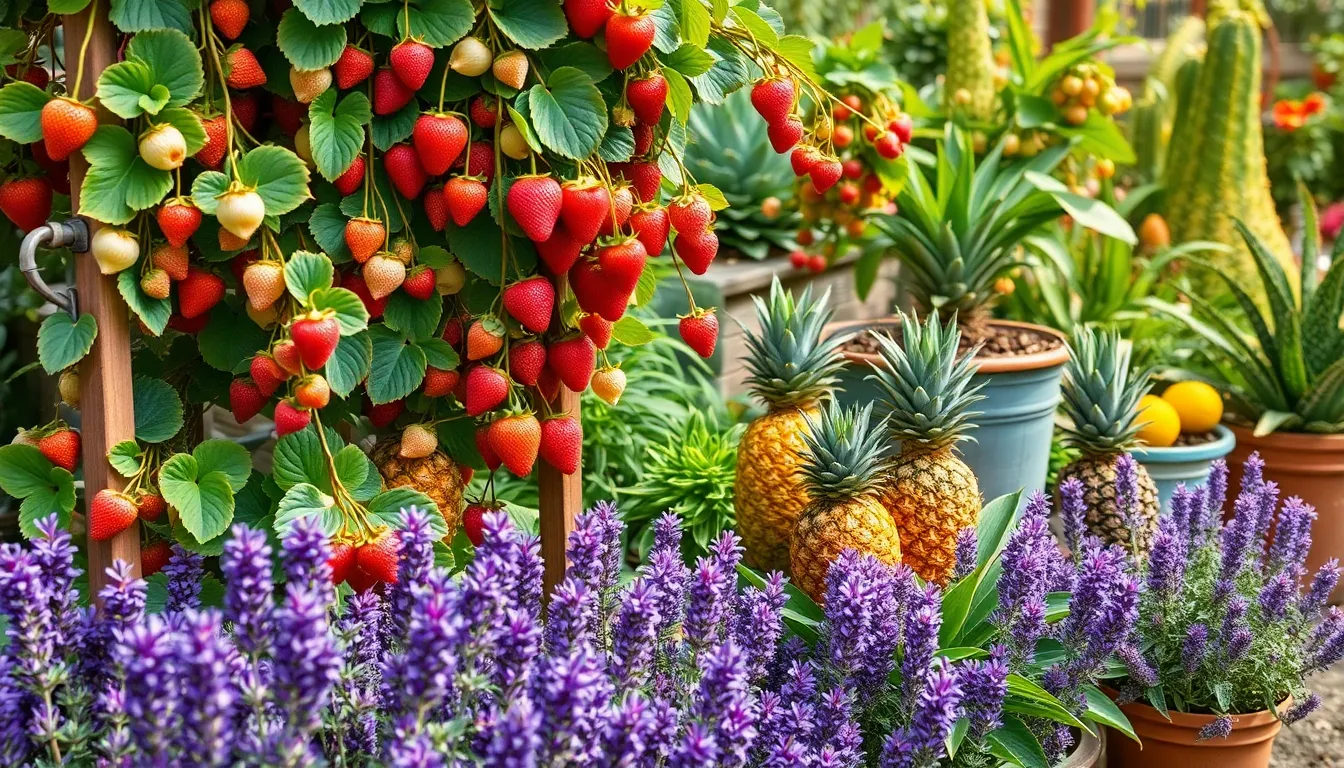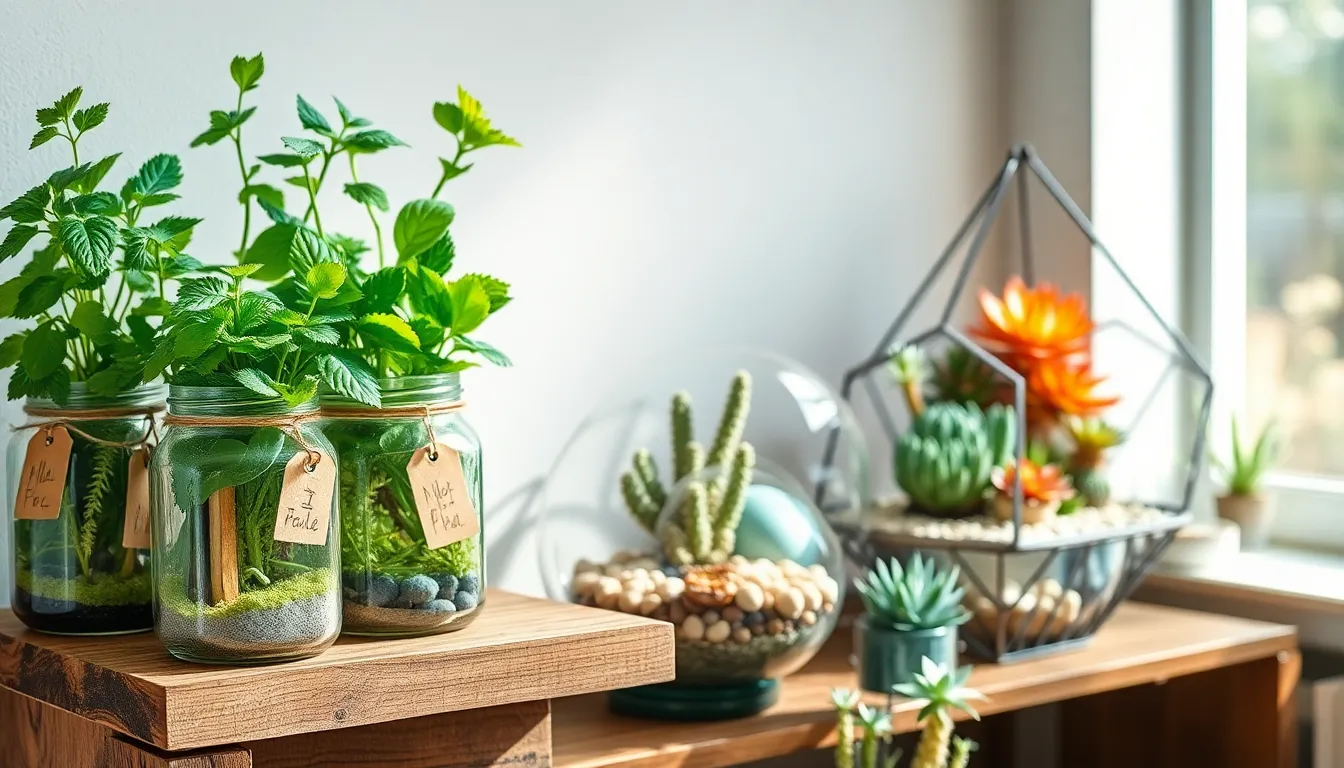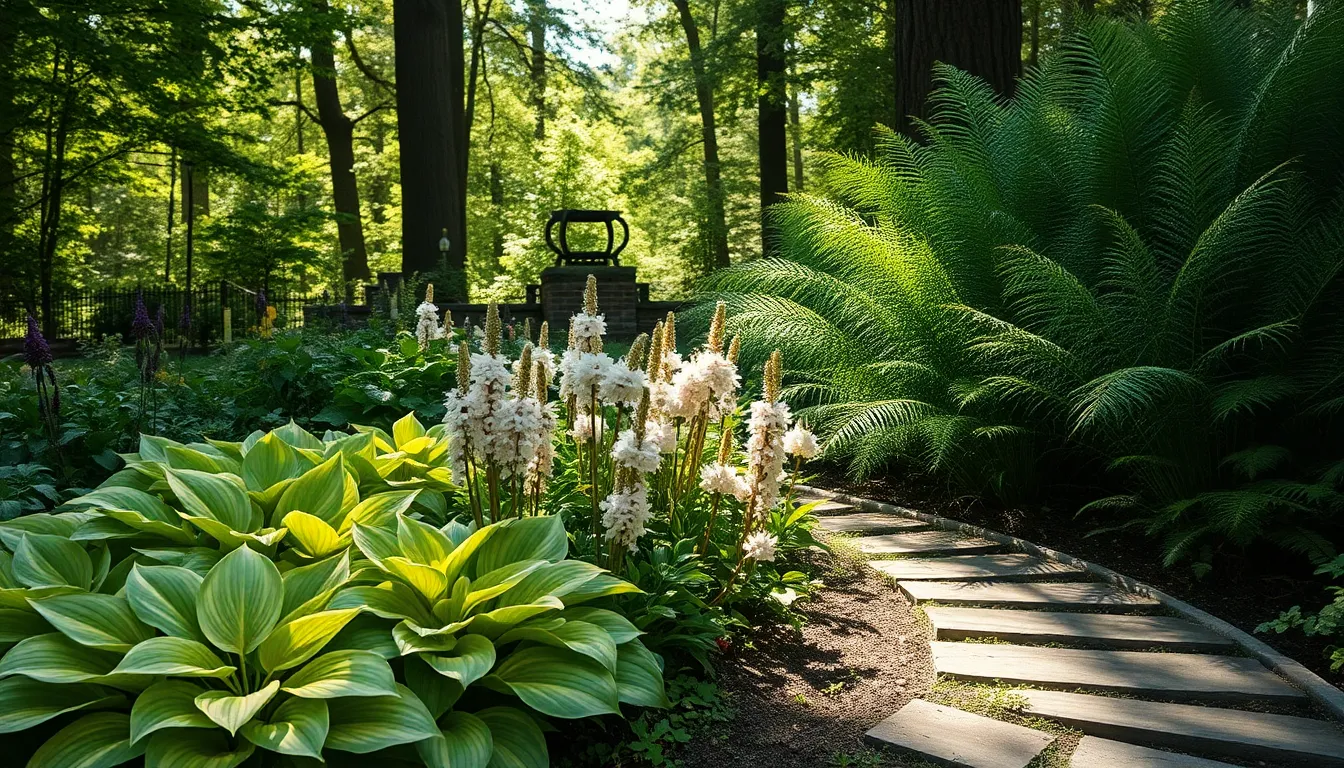Creating a garden that is both a sanctuary for your plants and a playground for your pets is an endeavor that marries the joy of gardening with the love of our furry companions. Whether you’re a seasoned gardener with years of experience under the belt or a novice just dipping your toes into the rich soil of plant care, the challenge of making your garden pet-friendly is an exciting journey to embark upon. In this article, you’ll discover practical tips and creative solutions to ensure your garden remains a safe and enjoyable space for all its inhabitants, be they leafy or furry.
For many, pets are cherished family members, and their safety and happiness are paramount when planning outdoor spaces. A pet-friendly garden not only prevents your curious pets from digging up your prized roses or nibbling on toxic leaves but also enriches their lives with interactive elements and sensory stimulation. From selecting non-toxic plants to designing pet-safe pathways, we’ll guide you through simple yet effective strategies to harmonize your garden’s beauty with your pets’ well-being.
Assess Your Garden’s Safety
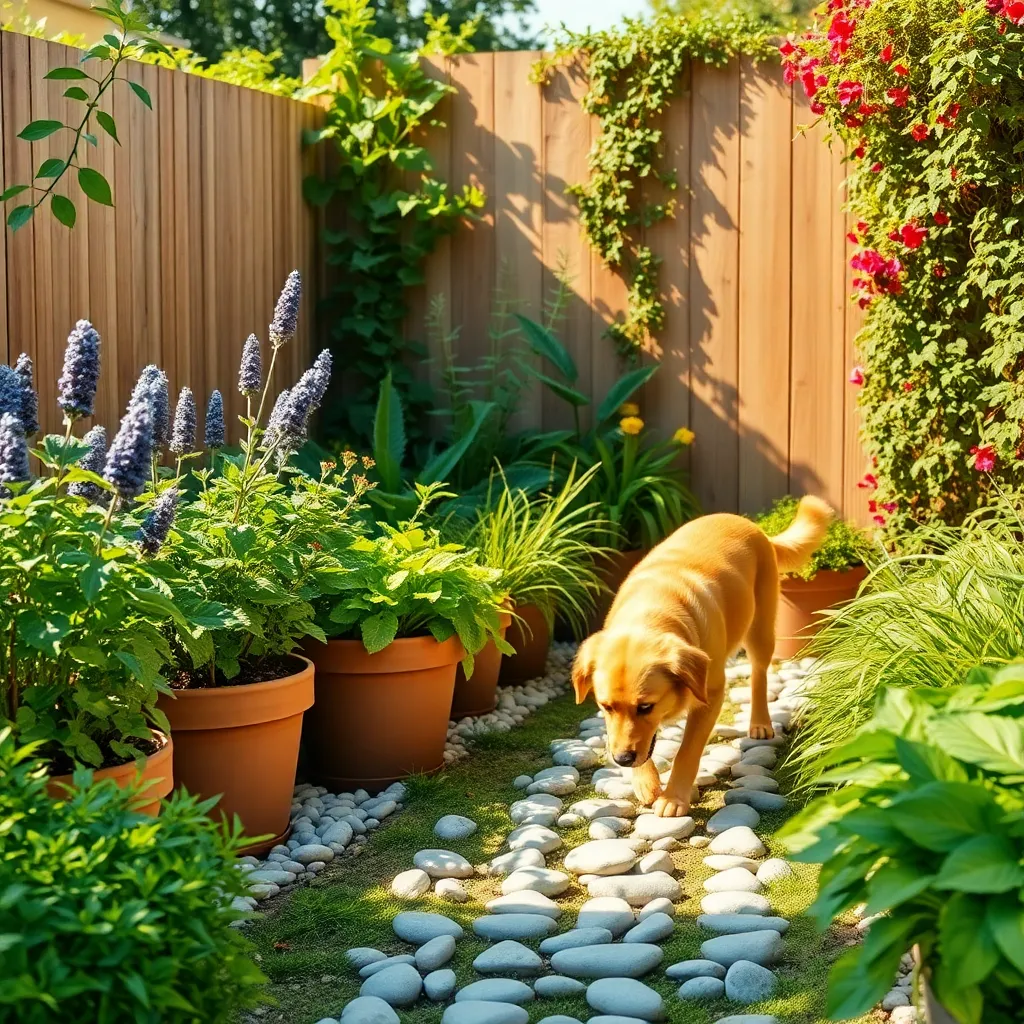
Before inviting your furry friends into the garden, it’s crucial to assess the potential hazards that may lurk within. Start by examining the plants you currently have, as some common garden plants can be toxic to pets.
Regularly check for plants such as lilies, foxgloves, and azaleas, which can pose serious health risks to animals if ingested. If you find any of these, consider replacing them with pet-friendly alternatives like marigolds or sunflowers.
Additionally, ensure that your garden is free from harmful chemicals by opting for organic fertilizers and pest control methods. Not only are these safer for your pets, but they also contribute to a healthier ecosystem overall.
Examine the garden layout for any physical hazards, such as sharp tools or open water features, that could endanger your pets. Secure these areas by fencing off ponds and safely storing tools out of reach.
Choose Non-Toxic Plant Varieties
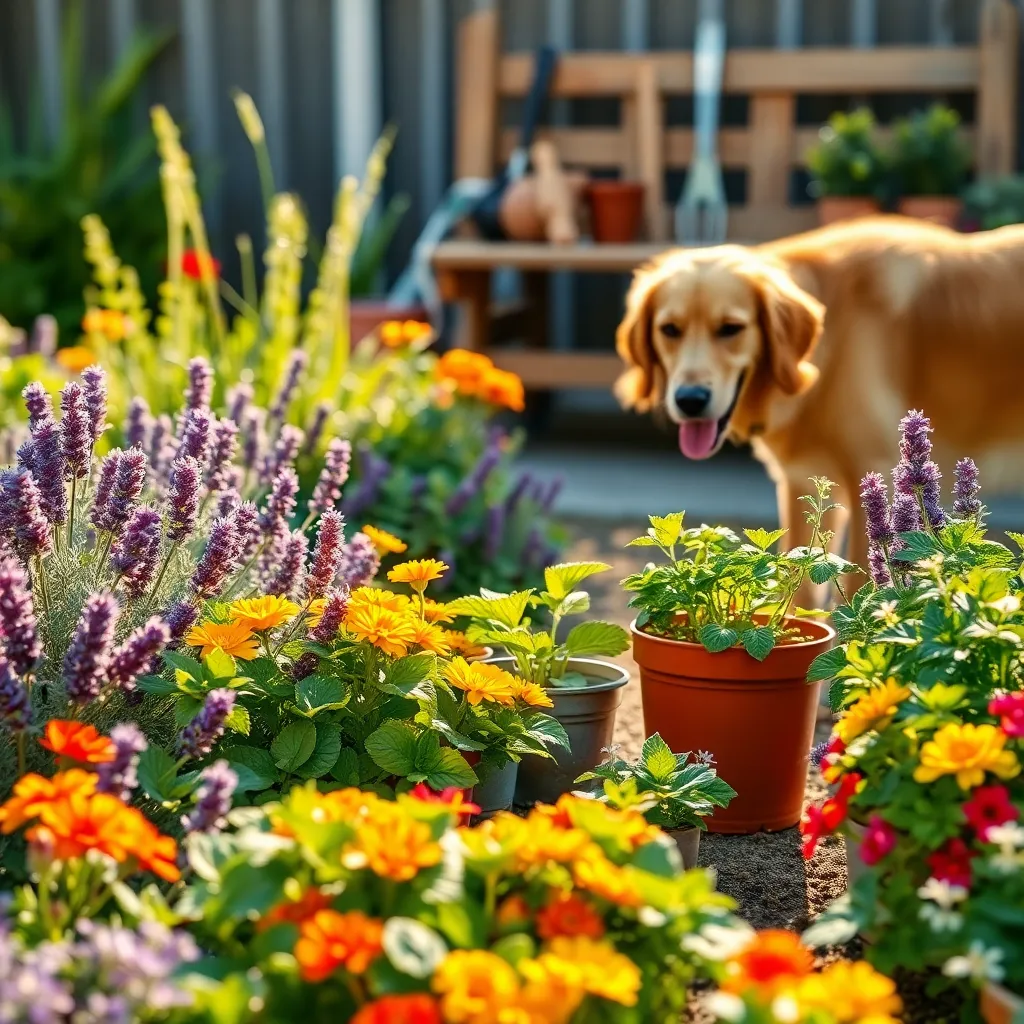
When planning a pet-friendly garden, choosing non-toxic plant varieties is crucial to keeping your furry friends safe. Start by researching plants that are known to be safe for pets, as many common garden plants can be harmful if ingested.
Consider planting herbs such as rosemary, basil, and sage, which are not only non-toxic but also add flavor to your kitchen dishes. These herbs thrive best in well-drained soil and should be watered moderately, allowing the soil to dry out between waterings.
For a splash of color, opt for pet-safe plants like sunflowers, marigolds, and zinnias. These vibrant blooms are not only safe but also attract beneficial pollinators to your garden, enhancing its biodiversity.
Advanced gardeners may want to explore growing cat grass or catnip, which are not only safe but also adored by cats. Ensure these are planted in a sunny spot with rich, moist soil, and keep them trimmed to prevent overgrowth.
Install Secure Garden Fencing
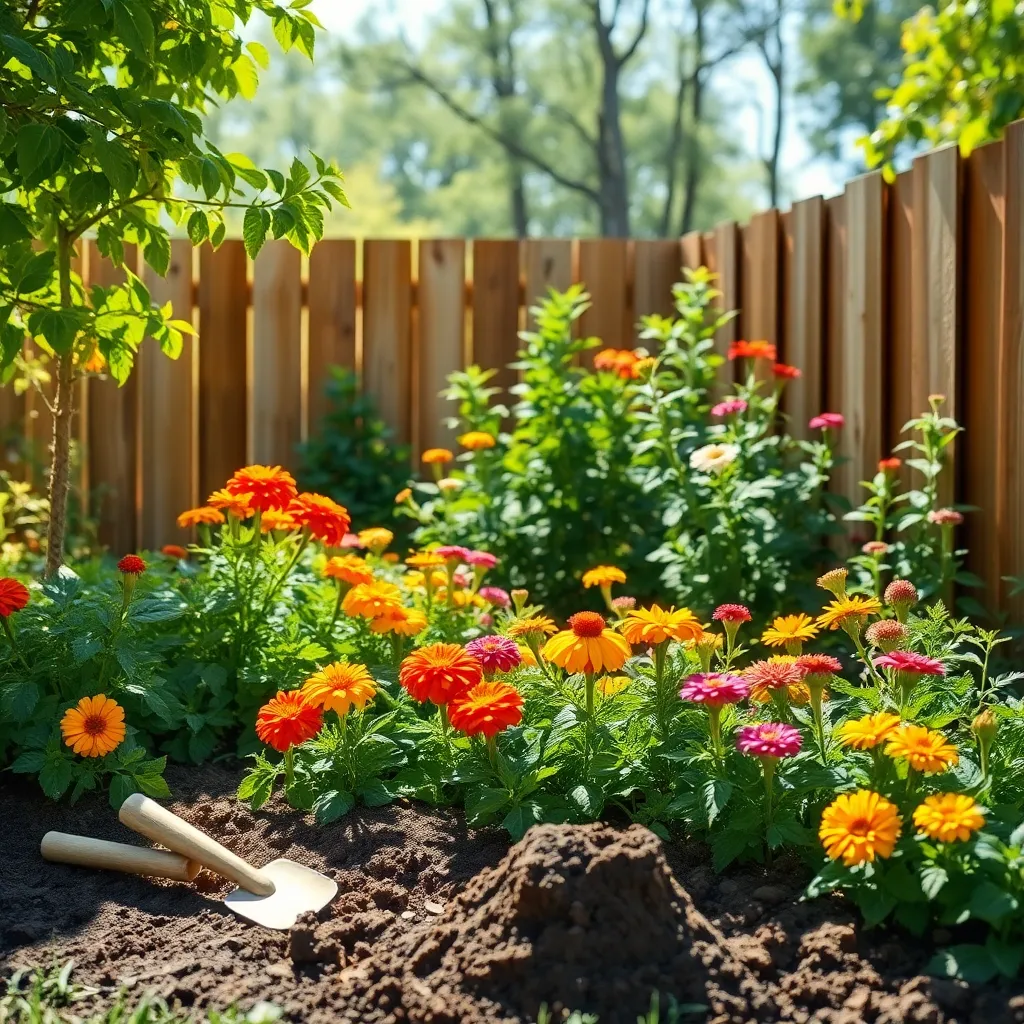
Creating a safe and secure garden environment for pets starts with installing a reliable fencing system. Choose a fence that is tall enough to prevent pets from jumping over, with a height of at least four to six feet being ideal for most dogs.
It’s important to ensure the fence is sturdy and well-anchored. Metal or wooden fences are generally more durable than plastic alternatives, providing better resistance to chewing and wear.
When installing the fence, make sure there are no gaps or spaces where pets could squeeze through. Consider adding a wire mesh barrier along the bottom if your pet is prone to digging, which can help prevent escape attempts.
Advanced gardeners might consider integrating climbing plants or hedges along the fence for additional security and aesthetic appeal. Opt for non-toxic varieties such as honeysuckle or jasmine, which can provide an extra layer of protection and shade.
Create Shady Resting Areas
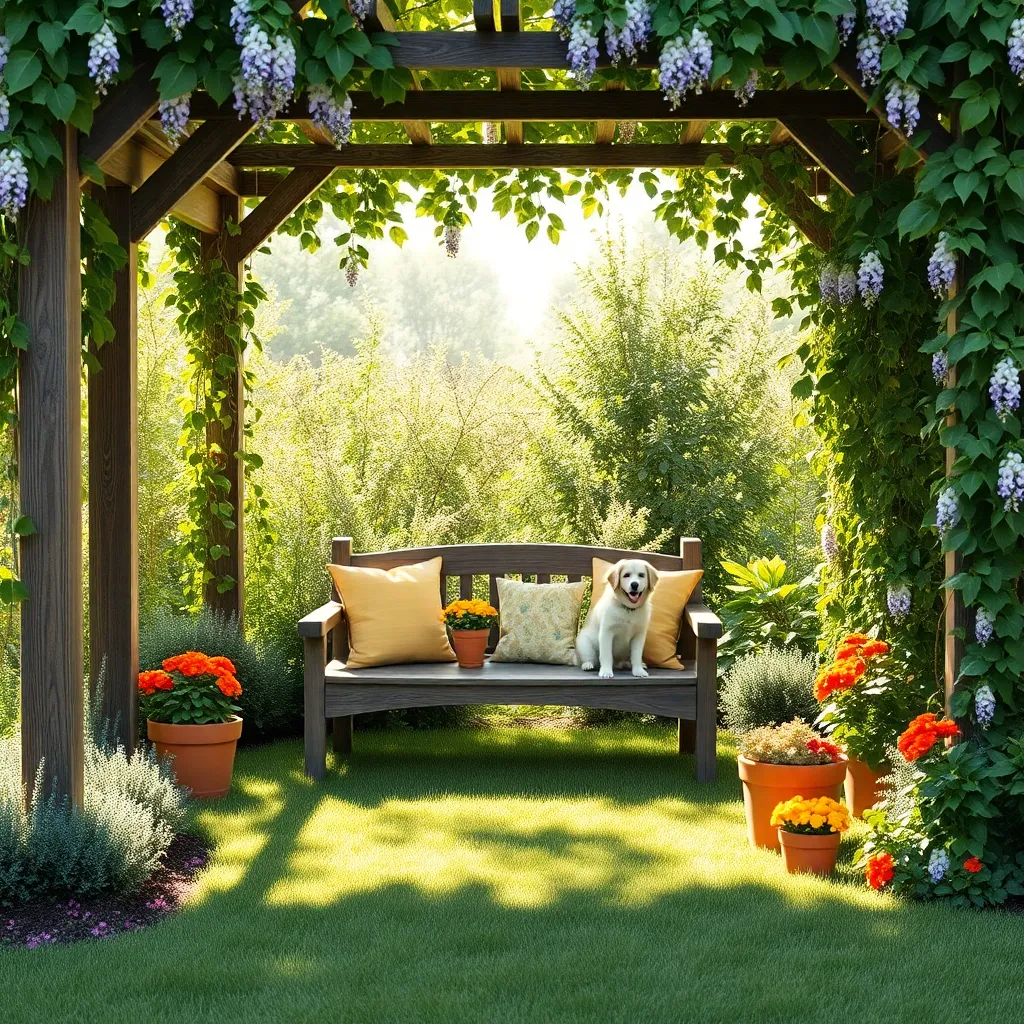
Creating shady resting areas in your garden is essential for keeping pets comfortable during hot days. Start by planting trees or shrubs that naturally provide ample shade, such as Japanese Maple or Dogwood, which are known for their dense foliage.
Consider incorporating pergolas or trellises covered with climbing plants like Wisteria or Clematis to create cool, inviting spots. These structures not only provide shade but also add aesthetic value to your garden, creating a cozy retreat for both you and your pets.
When selecting plants for shade, choose varieties that thrive in partial to full shade environments. Ferns, hostas, and astilbes are excellent choices, and they require moist, well-drained soil enriched with organic matter to flourish.
For a more advanced approach, install a drip irrigation system to ensure consistent watering, which is crucial for maintaining healthy, lush foliage in shaded areas. This method conserves water and allows you to target specific plants, ensuring they receive the right amount of moisture without waterlogging the soil.
Provide Fresh Water Sources
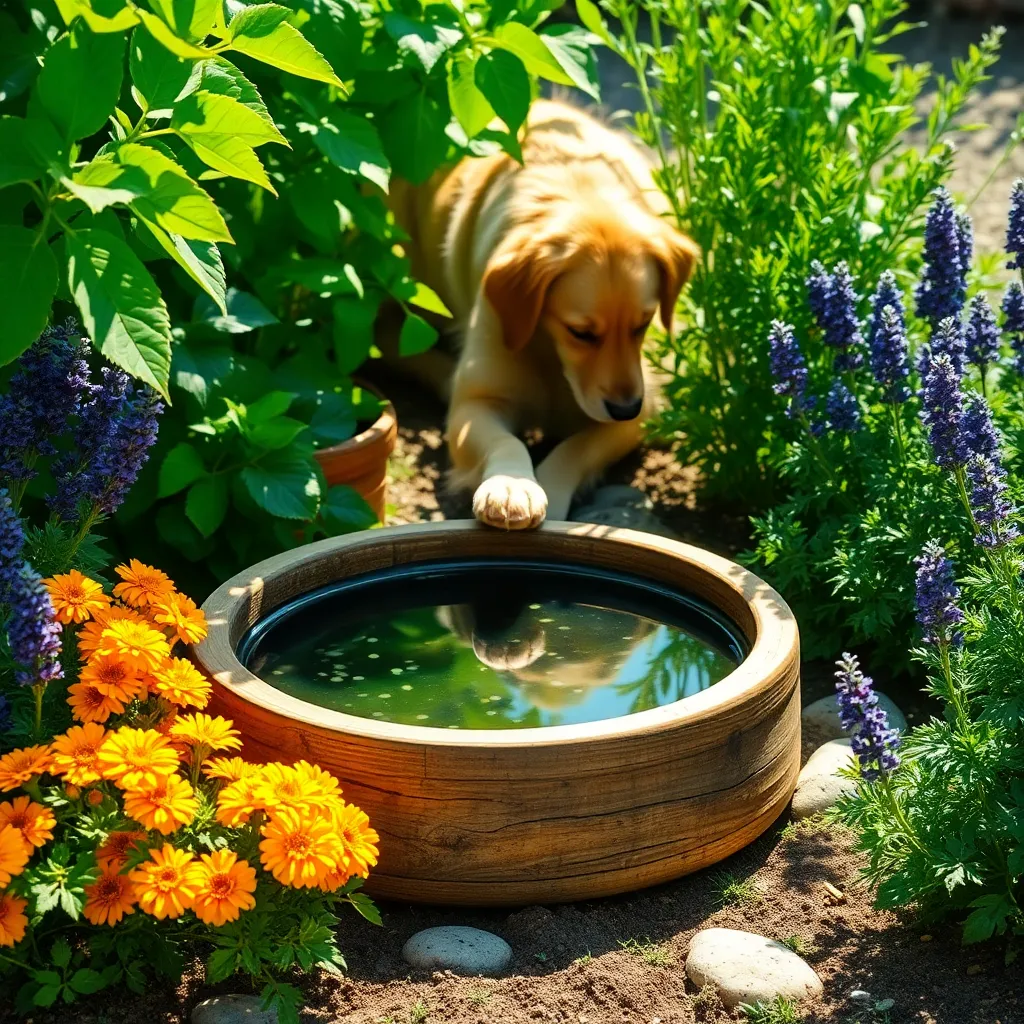
Ensuring your garden is equipped with fresh water sources is essential for making it pet-friendly. Dogs, cats, and even birds will appreciate having easy access to clean water as they explore the garden.
Consider placing a shallow bowl or birdbath at ground level to cater to a variety of pets and wildlife. Ensure that the water is changed regularly to prevent the buildup of bacteria and algae, which can be harmful.
For those with larger spaces, a small pond or water feature can provide not only a drinking source but also a playful area for pets. Use a filtration system to keep the water clean and healthy, and include gentle slopes or rocks at the edges to allow animals easy access.
Keep the water source in a shaded area to maintain cooler temperatures, which is particularly important during the hotter months. This also helps to reduce evaporation, ensuring that water is always available when your pets need it.
Conclusion: Growing Success with These Plants
Creating a pet-friendly garden is not just about safeguarding your plants; it’s about nurturing the harmony between your green oasis and your furry companions. We’ve explored five key concepts: understanding your pet’s natural behaviors, choosing non-toxic plants, creating safe play areas, using pet-friendly pest control, and considering your pet’s sensory experiences. By integrating these elements, you foster a garden that respects both nature and your beloved pets.
As your actionable next step, walk through your garden today and assess one area where you can make an immediate improvement—be it adding a pet-safe plant or securing a play zone. Each small change contributes to a more harmonious environment for you and your pet.
Remember, cultivating such a garden is an ongoing journey, much like any relationship. Bookmark this article to revisit these insights as you adapt and grow your space.
By taking these steps, you’re not just enhancing your garden; you’re reinforcing the bond with your pet, paving the way for a thriving relationship that blossoms with each season. Embrace the journey, and watch your relationship—and garden—flourish.

